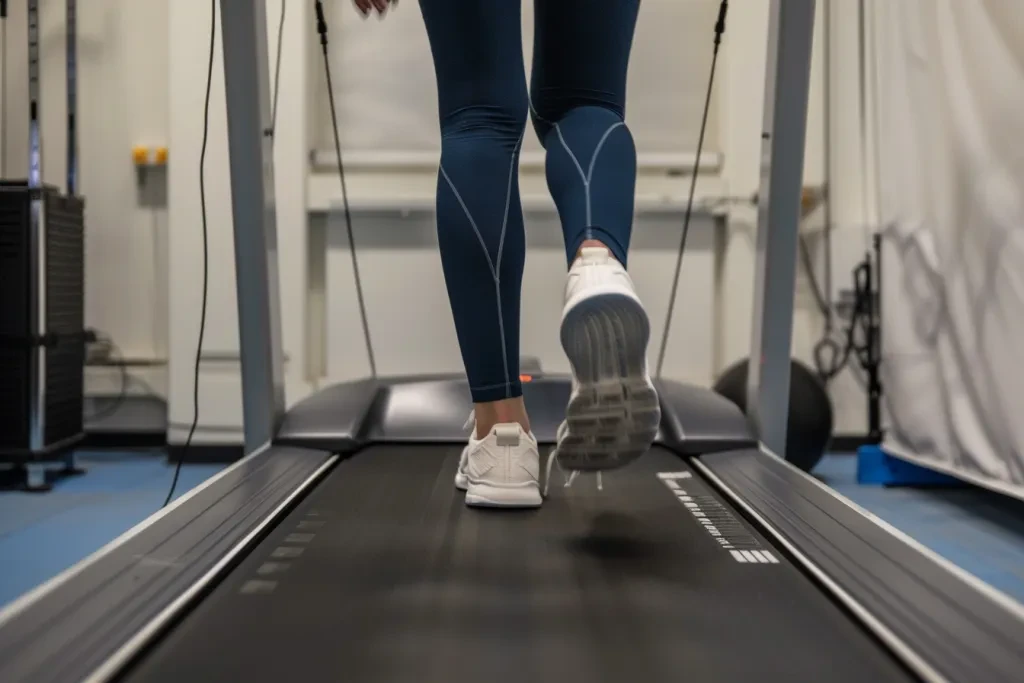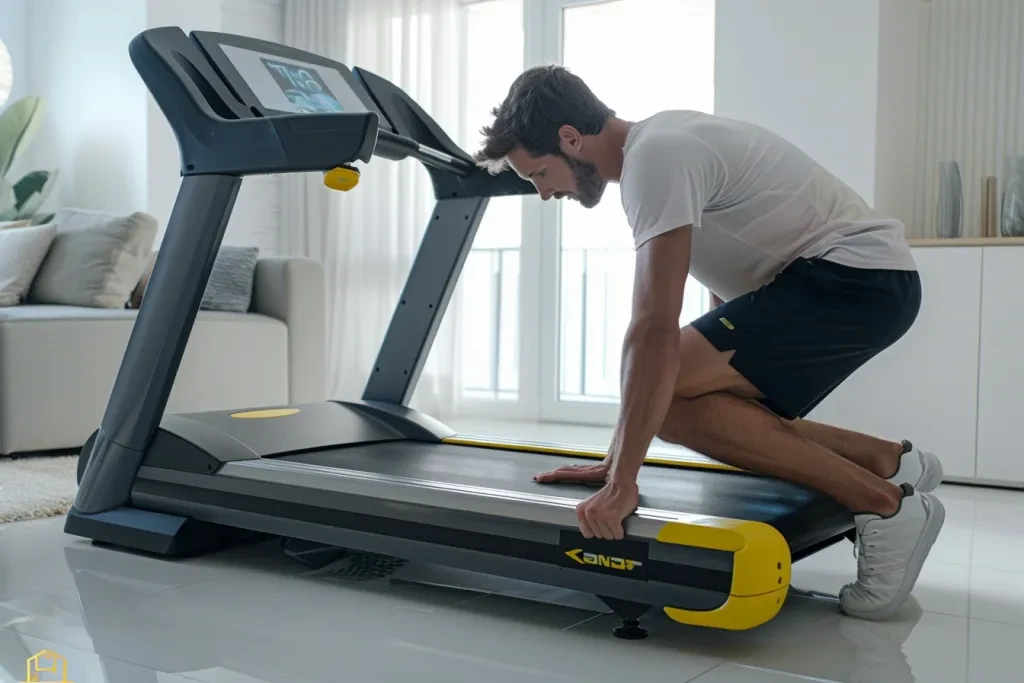In a world where staying fit and healthy has become more important than ever, walking treadmills have emerged as a convenient solution for many. Offering a simple yet effective way to exercise, these machines cater to a wide range of fitness levels, making them a popular choice for home workouts. This article dives into what walking treadmills are, their rising popularity, their benefits, and how to select and use one effectively.
Table of Contents:
– What is a walking treadmill?
– The popularity of walking treadmills
– Is a walking treadmill good?
– How to choose a walking treadmill
– How to use a walking treadmill
What is a walking treadmill?

A walking treadmill is a fitness machine designed primarily for walking at various speeds and inclines, providing a controlled and consistent environment for exercise. Unlike traditional treadmills, which are often built for high-speed running, walking treadmills focus on lower speed ranges, making them ideal for beginners, the elderly, or those recovering from injuries. These machines typically feature a simple interface, allowing users to easily adjust their workout intensity.
Walking treadmills are engineered with specific features to enhance the walking experience. For instance, they may have a longer, cushioned deck to accommodate a natural stride, reducing the impact on joints compared to walking on hard surfaces. Additionally, many models include preset programs tailored to walking workouts, helping users achieve various fitness goals, from weight loss to cardiovascular health improvement.
Moreover, walking treadmills often come equipped with various technological advancements. These can range from basic functionalities like tracking speed, distance, and calories burned, to more sophisticated features such as heart rate monitoring and connectivity with fitness apps. This integration allows users to monitor their progress over time and stay motivated by setting and achieving personal fitness milestones.
The popularity of walking treadmills

Walking treadmills have seen a surge in popularity for several reasons. First and foremost, the global pandemic has underscored the importance of maintaining physical fitness, driving many to seek convenient home workout solutions. Walking treadmills fit this need perfectly, offering a safe and effective way to stay active without leaving the house.
Another factor contributing to their popularity is the growing awareness of the health benefits of walking. Research has consistently shown that regular walking can improve cardiovascular health, aid in weight management, and reduce the risk of chronic diseases. Walking treadmills make it easier to incorporate walking into daily routines, regardless of weather conditions or time constraints.
Lastly, the versatility of walking treadmills appeals to a broad audience. They are suitable for all ages and fitness levels, from young adults looking to supplement their fitness regime to older individuals focused on maintaining mobility and strength. This inclusivity has helped walking treadmills become a staple in many households.
Is a walking treadmill good?

The short answer is yes; walking treadmills are an excellent investment in your health. They offer a low-impact form of exercise that is gentle on the joints, making it accessible to people of all fitness levels. Regular use of a walking treadmill can lead to significant health benefits, including improved cardiovascular health, stronger muscles, better balance and coordination, and reduced stress levels.
Walking treadmills also provide a practical solution for those struggling to find time for exercise. With a treadmill at home, users can easily fit in a workout session, regardless of their schedule or the weather outside. This convenience can significantly enhance one’s ability to stick to a regular exercise routine, leading to long-term health benefits.
Furthermore, walking treadmills can be customized to fit individual fitness goals. Whether you’re aiming to lose weight, increase your endurance, or simply stay active, a walking treadmill can be adjusted to meet your needs. With features like variable speeds, inclines, and programmable workouts, these machines offer a versatile platform for achieving a variety of fitness objectives.
How to choose a walking treadmill

Selecting the right walking treadmill requires consideration of several factors to ensure it meets your needs and preferences. First, assess the machine’s size and footprint to make sure it fits comfortably in your designated space. Look for treadmills with a sturdy build and a wide enough belt to accommodate your stride comfortably.
Next, consider the motor power, especially if you plan to use the treadmill frequently or for extended sessions. A more powerful motor can provide a smoother and quieter operation, enhancing the overall workout experience. Additionally, check the treadmill’s maximum weight capacity to ensure it can safely support your weight.
Features are another important aspect to consider. Decide which functionalities are essential for you, such as programmable workouts, heart rate monitoring, or app connectivity. While additional features can enhance your workout experience, they may also increase the price, so prioritize based on your budget and fitness goals.
How to use a walking treadmill

Using a walking treadmill effectively starts with a proper warm-up. Begin each session with a slow walk to gradually increase your heart rate and loosen up your muscles. After warming up, adjust the speed and incline settings according to your workout plan. Varying your workout intensity and incline can help simulate outdoor walking conditions, making your sessions more challenging and engaging.
Pay attention to your posture and stride while using the treadmill. Maintain an upright posture, with your shoulders back and head looking forward. Ensure your strides are natural and comfortable, avoiding overstriding or taking too small steps. Using the handrails for balance is fine, but avoid leaning on them, as this can reduce the effectiveness of your workout.
Lastly, cooling down is as important as warming up. Slow down your pace gradually towards the end of your session to allow your heart rate to return to normal. Incorporate stretching exercises after your treadmill walk to improve flexibility and reduce muscle soreness.
Conclusion: Walking treadmills offer a convenient and effective way to improve your fitness and overall health. Whether you’re new to exercising or looking for a low-impact alternative, a walking treadmill can be a valuable addition to your home gym. By understanding what to look for and how to use these machines effectively, you can maximize the benefits of your walking treadmill and enjoy a healthier lifestyle.




